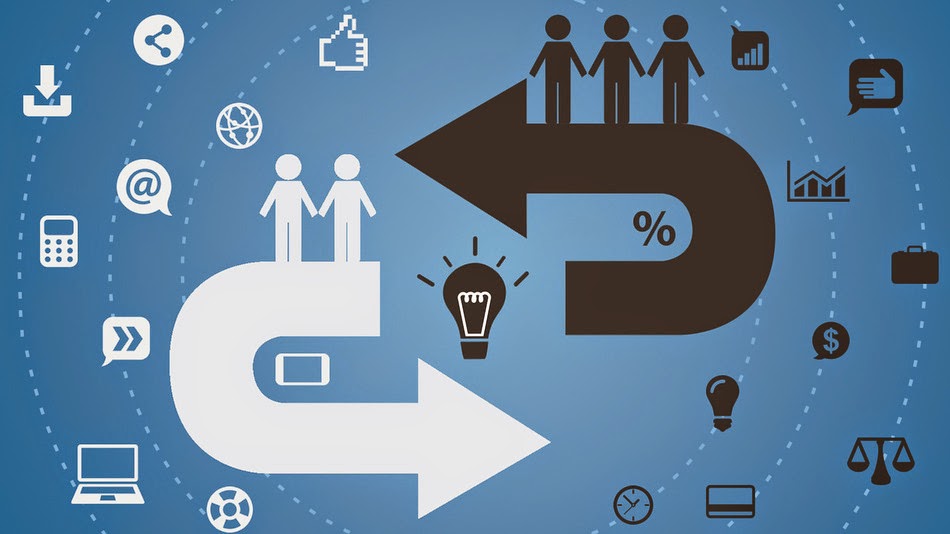“Don’t check your email all the time!”

You’ve heard it before, and you’ll hear it again as a way to improve your productivity and stop being a slave to your inbox.
Obviously, though, that’s way easier said than done. Many of us receive hundreds of emailsper day (even hour!), making it more and more difficult to relegate responding to a specific hour of the day.
However, science is now backing up the notion that you really do have to get off of your email account to be more productive at everything you do. In a recent piece for The New York Times, Daniel J. Levitin, a professor at McGill University, discussed his work with collaborator Vinod Menon. The two discovered that due to the brain’s circuitry, humans are constantly switching between two states of awareness: being either task-positive (actively focusing on a task at hand) or task-negative (wandering or daydreaming). “Seesawing” too rapidly between these two networks can leave your brain feeling “dizzy” and unable to commit to either state. And when are you most likely to be in this confused in-between? When you’re on social mediaor surfing the web.
More interestingly, the two found that the science backs up the old advice: You really don’t get much done when you’re checking email all the time. Why? Because the distractionsuppresses your ability to really hone in on one state of mind or the other.
Levitin writes, “An email that you know is sitting there, unread, may sap attentional resources as your brain keeps thinking about it, distracting you from what you’re doing. What might be in it? Who’s it from? Is it good news or bad news? It’s better to leave your email program off than to hear that constant ping and know that you’re ignoring messages.”
What’s Levitin and Menon’s solution to answering email but not letting it take over your life? Treat it like any other individual project or task, and set aside specific time for emails in your day. And if that sounds tough (email addicts unite!), here are a couple of simple ways to get yourself out of your inbox and scheduling real email answering time.
1. Turn off the push notifications
As Levitin hinted at in his article, push notifications on your phone can greatly up your anxiety over leaving emails unanswered (after all, hearing that ping every five seconds is distracting). So, take back control. Disable your push notifications, and only check your email when you’re ready to commit some time to it.
2. Turn email off
If you’re still checking email constantly on your phone, just take your email accounts off altogether so that you’re not tempted to sneak a quick peek in between meetings or during business lunches.
3. Block out time
Like any other project or regular meeting, block out time every day to spend answering email without interruption. Put it on your calendar and stick to the time every day that you’ve dedicated to email answering.
Additionally, get in a routine for your email time, and prepare as you would for a meeting or a project. Close tabs and documents for other project. Stick in your earphones and listen to a specific email answering playlist. Just make sure you repeat your steps every time.
4. Install management apps
Once you do have your regular email time scheduled, make sure it’s as productive and efficient as possible. Install apps like Mailbox (which makes your inbox way more user-friendly) or The Email Game (which challenges you to get through your unanswered emails as quickly as possible). The more efficient you become, the more you’ll be able to maximize your time.
Worried that people will get annoyed with you for not being available by email 24/7? When they see how productive you are, it probably won’t matter a bit. And if all else fails, just tell them it’s science.



0 Comments